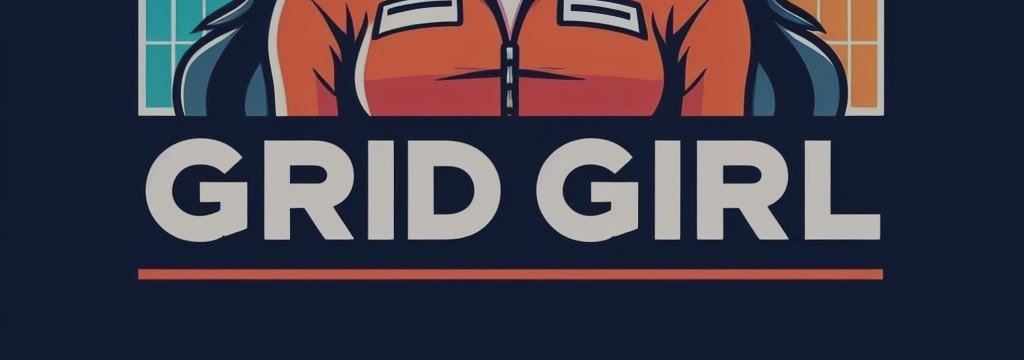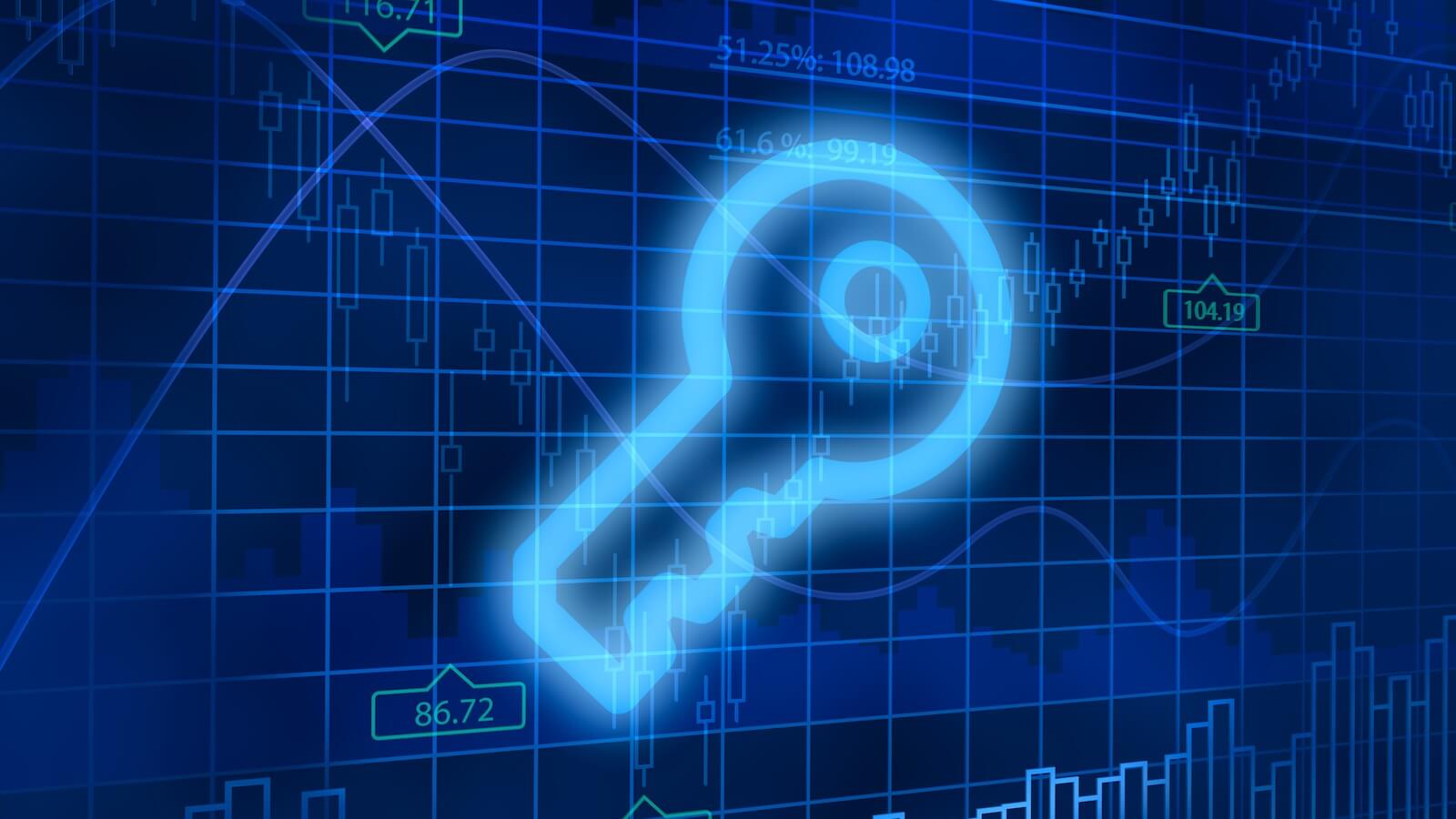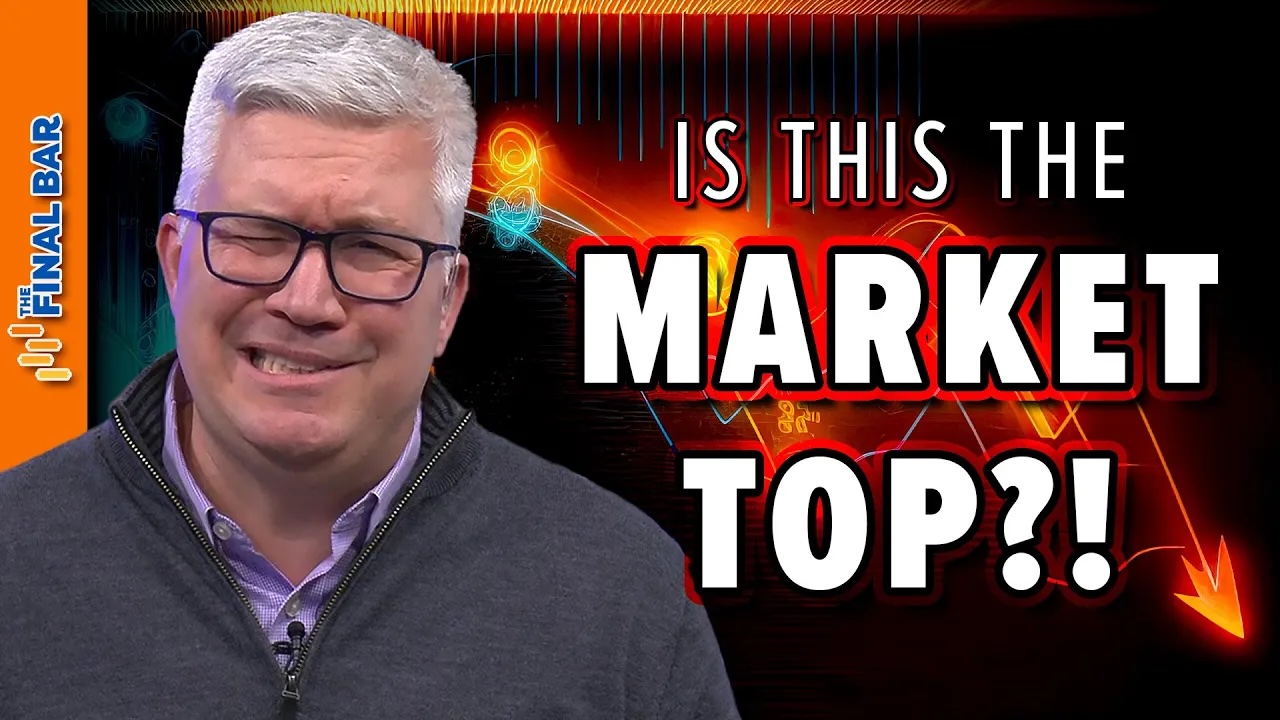Keynote Address by Federal Reserve Chairman Jerome Powell – Outlook – March 6, 2024

The discussions will include the Federal Reserve’s widely criticized proposal to increase capital requirements for large banks. But borrowing costs will also be a major issue on the agenda.
Starting in July 2023, the Federal Reserve will keep interest rates at their highest levels in more than two decades, making credit increasingly more difficult to access for many Americans. This affects not only paying off credit card debt, but also buying homes and cars.
Recently, the Democratic Party sharply criticized Powell’s actions. Senators Sherrod Brown and Elizabeth Warren have urged the Federal Reserve chair to lower interest rates soon, arguing that such a strict approach is no longer needed. Many dovish policymakers view the inflation spike as temporary, although recent inflation data suggests otherwise.
Despite slowing economic growth, it’s clear the Fed is in no rush to change interest rates. The labor market remains strong, and the monthly inflation rate in January of this year was much higher than economists expected. Ongoing concerns about price pressures have central bank leaders convinced they need further evidence that inflation is moving firmly toward their 2% target before starting a rate-cutting cycle.
Some experts point out that the longer the Federal Reserve delays cutting interest rates, the more likely it is to cut interest rates in the November presidential election, when a rematch between President Joe Biden and former President Donald Trump is almost certain.
Federal Reserve leaders have repeatedly emphasized that their decisions are unrelated to politics, but lowering rates so close to Election Day could lead to sharp criticism of the central bank’s work from Trump and Republicans. Clearly, lowering interest rates during the presidential election will benefit both the Democratic Party and Biden, and they will surely take advantage of this.
For the Euro/Dollar pair, demand for the Euro continues after a series of weak statistics from the US. Now the bulls need to think about how to push the price to 1.0875. This allows us to test 1.0900. From there, the pair could reach 1.0930, but doing so without support from major players would be quite difficult. The next target is the peak at 1.0965. If the trading instrument falls to 1.0835, it is expected that there will be serious action from major buyers. If you are not going to take action, it would be wise to wait until the low of 1.0790 is reached or take a long position at 1.0760.
For the Pound/Dollar pair, the bulls need to pull the price to the nearest resistance at 1.2730 to start an upward trend. This allows us to target 1.2770, beyond which it will be very difficult to break. The next target is the 1.2800 area, after which we can talk about a faster rise to 1.2830. In case of a decline, the bears will try to take control of 1.2690. If successful, a breakout of this range could lead to a decline to a low of 1.2660 with a possible low of 1.2630.



